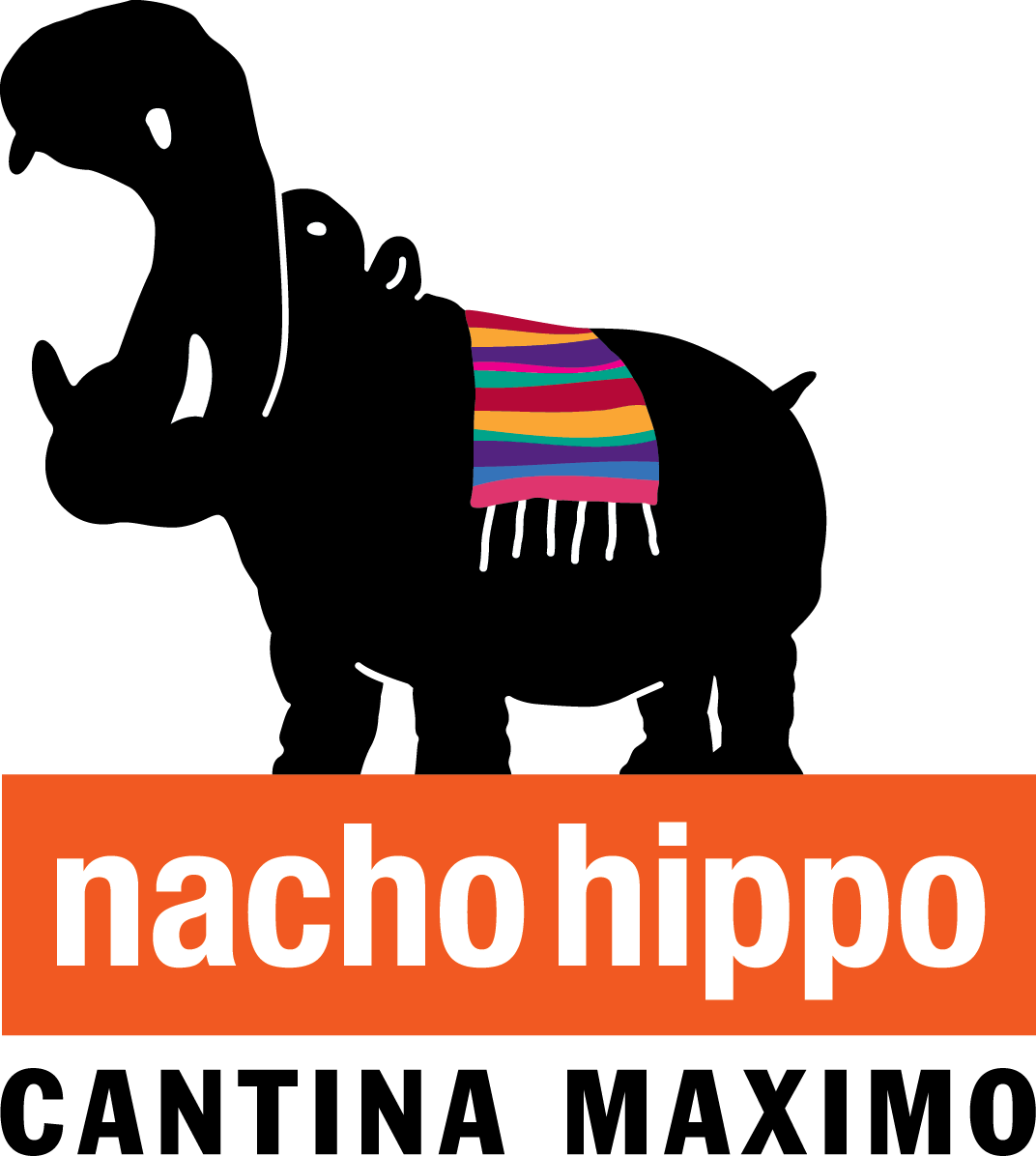
The weather has finally turned, we are getting more and more days that we can enjoy being outdoors and the days are getting longer. That can only mean that Cinco de Mayo is on its way. Cinco de Mayo means Margaritas and celebrations. But how much do you really know about the tequila that goes into your margarita? Nacho Hippo is here to provide some insight to help you decide the best tequila for you!
There are more than 1000 Tequila brands to choose from and even though we have done a great job narrowing down the selection to the quality we think is best for Nacho Hippo, it does help to know the different types, or at least the categories they fall into, even though it isn’t an exact science, so you can enjoy your margarita just the way you like it.
Similar to Champagne, tequila originated from a region. Originally all tequila came from the Mexican state of Jalizco and received its name from its host city. However, Mexican law now allows certain quantities of tequila to be produced in certain other cities. Again, similar to Champagne, the name tequila is protected as a Mexican designation. So much so that in the United States and Canada, that protection is written into NAFTA.
On to the important part! There are two main types of tequila: 100% Blue Agave and Tequila Mixto (or Mixed Tequila). Tequila Mixto requires a combination of at least 51% Blue Agave and a mix of other sugars. Tequila Mixto also allows caramel coloring, flavoring, and sugar based syrups. From here, the two categories get broken into 5 types.
Tequila Silver – Blue Agave in its purest form. Clear and typically un-aged. The true flavors and intensity of the agave are easy to detect as well as the natural sweetness. This tequila can be bottled directly after being distilled or stored up to four weeks in stainless steel tanks. This product is normally referred to as Tequila Blanco
Tequila Reposado – This is the first stage of aged tequila. It is aged in wood barrels or storage tanks. Normally it is stored from 2 months up to 11 months. The tequila tends to develop a golden hue and the flavor becomes a pleasant balance between the sweet agave and the oaky flavor from the barrels it has been stored in. Some tequila distilleries age their liquor in used bourbon/whiskey/cognac/wine barrels and allow the tequila to inherit some of the flavors of the previous spirits.
Tequila Gold – Typically a Mixto, there have been colorings and flavorings added prior to the bottling of this tequila. Normally a very “young” liquor, this tends to be a less expensive tequila and is used by most restaurants and bars for “mixed drinks”. Of course there are exceptions, Tequila Gold can be a combination of Silver and Reposado tequilas and able to keep the 100% Agave classification.
Tequila Añejo – This is tequila that has been aged for at least a full year but cannot be stored in a barrel that exceeds 600 liters. This aging process darkens tequila to a fine amber color and allows the liquor to become smoother, richer and much more complex.
Tequila Extra Añejo – A classification added in 2006, this “ultra-aged” tequila has been stored in barrels for more than 3 years. The longer the product is aged, the darker it becomes taking on more of a mahogany coloring. In that time, it becomes so rich, it is challenging to distinguish the tequila flavors from other high quality aged spirits. After the aging process, the alcohol must be diluted by adding distilled water. Extra Añejo’s are extremely smooth and complex flavored liquors.

Recent Comments